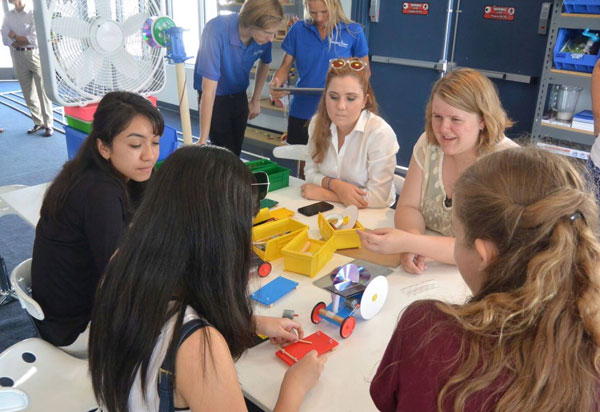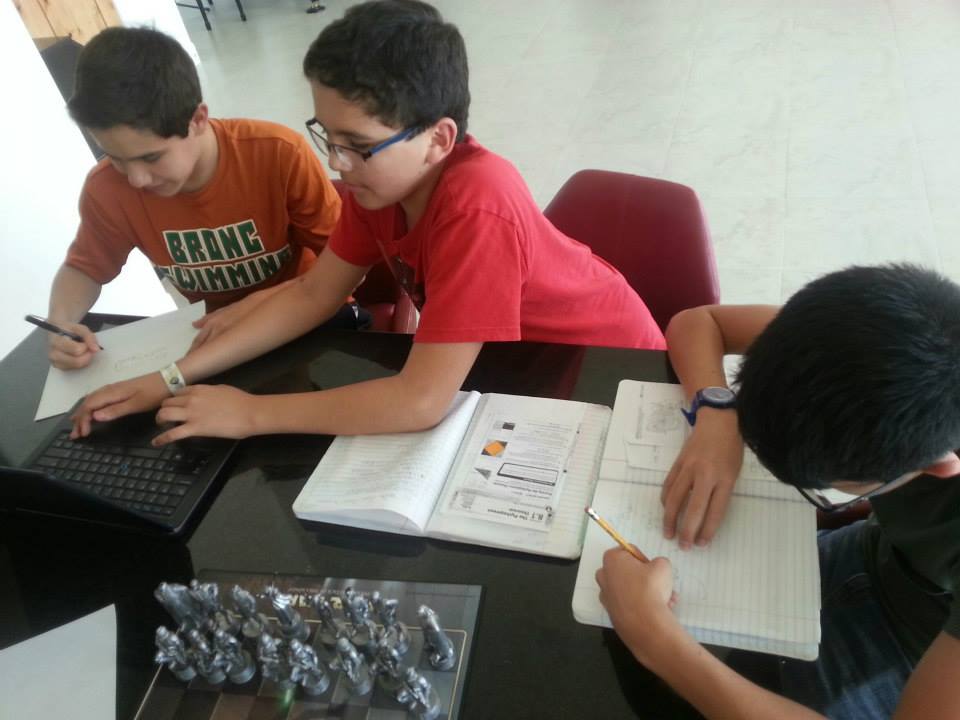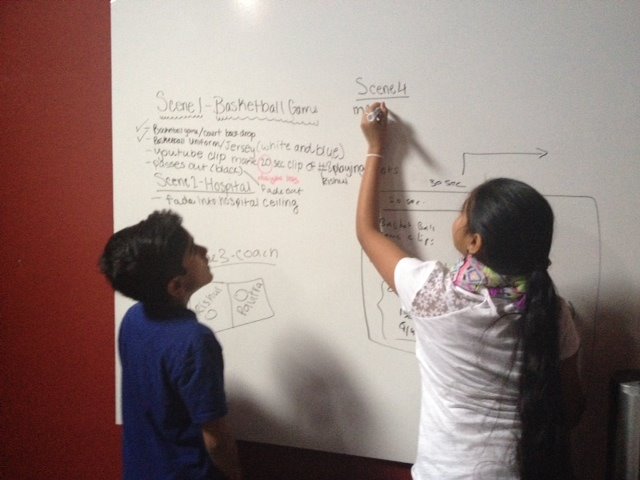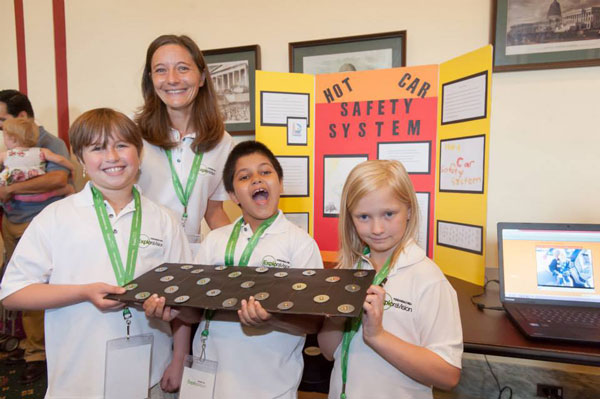Why Students Enjoy Collaborative Learning
Do you remember sitting in a hard plastic chair, listening to your teacher share a lesson plan on his or her overhead projector? Times have changed, and immersive learning helps students demonstrate their comprehension of STEM-based subjects.
Why read about chemistry if students can’t experiment with the beakers of chemicals? Forget reading about ecology—why not go out and explore environmental issues first-hand?
Here are some ways how collaborative learning helps engage students

It strengthens interactivity
In a world where even the youngest students have grown up in the information age, interactive devices and experiential learning will help supplement textbook learning. For example, STEM-based projects not only teach students proper lab procedures, but foster teamwork, leadership, and collaborative thinking. More than ever, students crave connectivity whether it’s digital or interpersonal.
It’s different
No matter the student’s age—whether they’re still losing baby teeth or in possession of a driver’s permit—the average classroom experience is standardized. Each class is typically led by one teacher in a boxy classroom, with non-stimulating textbooks, and decades-old worksheets. The opportunity to flex individual “creativity muscles” during a project helps young students develop their thought own processes and refine critical thinking skills.

It encourages personalization
Students love adding stickers to their folders or decorating their lockers to fit their personalities. How can we expect students to learn every concept with a one-size-fits-all lesson plan? Assigning a project allows students to take ownership and put their best effort forward
Students can see the “bigger picture”
Toshiba/NSTA ExploraVision allows students to look at global concepts and help build a scientifically advanced future. The competition is open to K-12 students in the US and Canada who divide into teams with STEM mentors. The proud semifinalists present their findings and prototypes at the Toshiba/NSTA ExploraVision Conference in Washington, D.C. to top leaders at Toshiba and within the scientific community. Winners go home with $10,000 savings bonds* to be used toward further educational pursuits.
The next time you’re teaching a complex scientific concept, look into collaborative learning as a way to help students prepare for the future.
To learn more about Toshiba/NSTA ExploraVision registration, click here.
*$10,000 savings bond at maturity.

